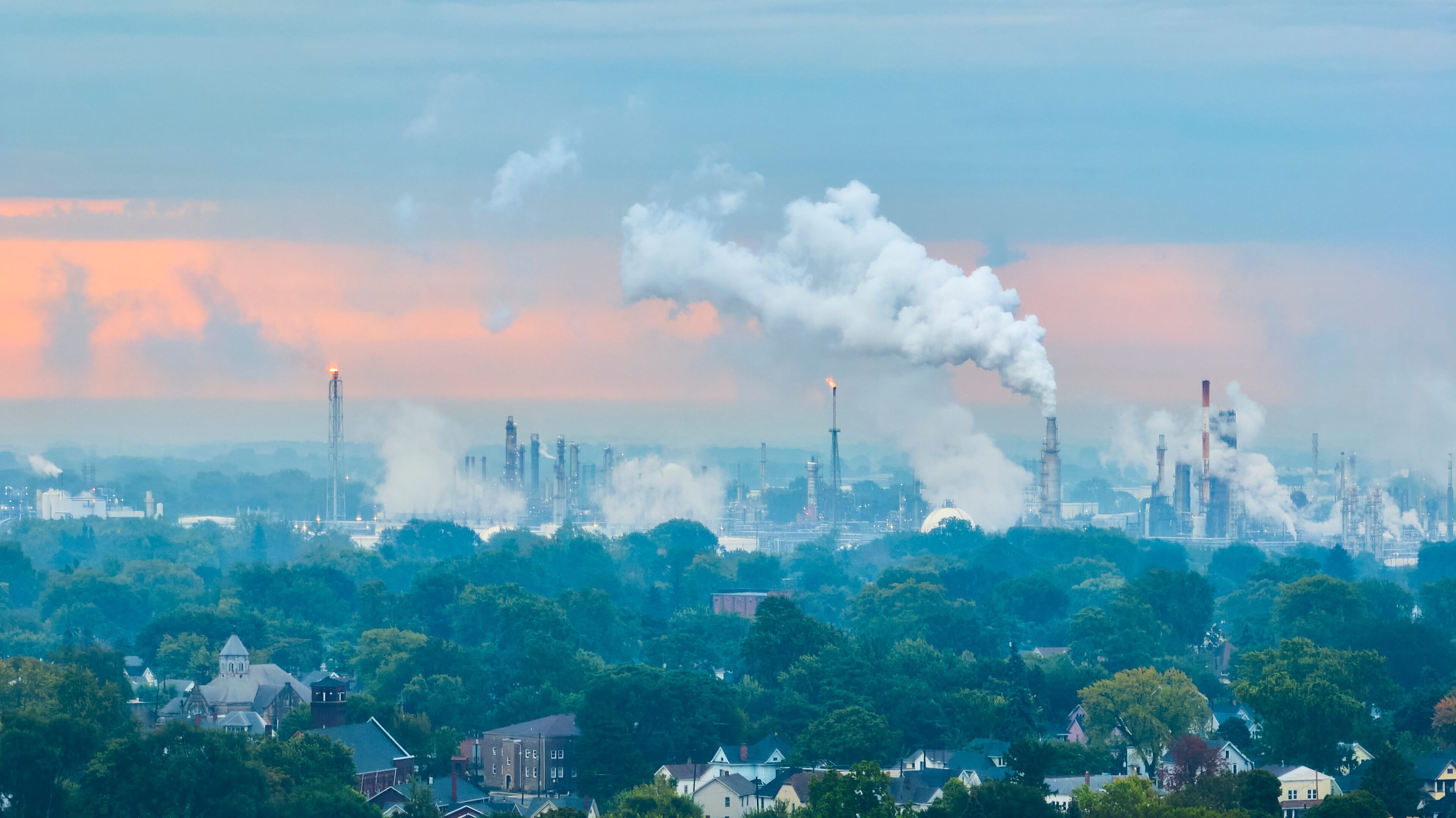Showing 31 results

Daniel Farber | November 13, 2025
Although Congress vetoed California’s most recent vehicle regulations, the state can pass new regulations so long as there are significant differences from the ones Congress overturned. The Trump administration has been arguing all along that California lacks the power to regulate greenhouse gases from vehicles. Those regulations are a crucial part of the state’s climate policy. Sooner or later, courts will need to decide the extent of California’s legal authority over vehicle emissions. The issues are complex, involving an unusual statutory scheme. Here’s what you need to know, and why I think California should win this fight.

Catalina Gonzalez, James Goodwin | August 26, 2025
Last week, the Environmental Protection Agency (EPA) hosted four days’ worth of hearings to gather public testimony on its proposal to rescind the 2009 endangerment finding and the suite of existing greenhouse gas (GHG standards for cars and trucks that the finding supplies the legal justification for. The vast majority of the participants testified in strong opposition to the proposal, and included a broad cross-section of our society: faith leaders; a high school student; community organizers; and concerned grandparents.

Daniel Farber | July 29, 2025
If a tree falls in the forest but no one hears it, does it still make a sound? If a law hasn’t been formally repealed but can be violated with complete impunity, is it still in effect? I’ll leave the first question to philosophers, but the second one could have major legal implications. Here’s why.

Federico Holm | June 17, 2025
Since our last update on May 27, we have seen a slowdown in developments regarding Congressional Review Act (CRA) resolutions, which is consistent with Senate timelines for considering and voting on joint resolutions. However, there has been one key development that closes a chapter opened on April 2, when House Republicans decided to use CRA procedures to undo the waivers issued by the U.S. Environmental Protection Agency (EPA) to California.

Catalina Gonzalez | June 16, 2025
However dispiriting the federal pullback of critical climate funding currently feels, it’s essential to play the long game and continue to develop effective strategies for an ongoing clean energy transition.

James Goodwin | May 22, 2025
The disease of authoritarianism now afflicting our democracy spread to yet another of our governing institutions the night of May 21. Do not be fooled: The debate over Senate Republicans' misuse of the Congressional Review Act (CRA) is not “inside baseball” or wonky or even complicated. Rather, it’s a simple story of legislators failing to follow the rules that they agreed to — and doing so to advance their policy agenda without heed to the rule of law wreckage they leave in their wake.

Federico Holm | May 6, 2025
Since our last update (April 28), we have seen some important developments regarding Congressional Review Act (CRA) resolutions. In the past week, we have seen legislators take up new resolutions for a vote, address the controversial issue of the California Clean Air Act waivers, and send new resolutions to the president to be signed into law. Things seem to be accelerating in Congress (and especially in the Senate), as legislators are approaching the CRA cutoff date.

Federico Holm | April 28, 2025
Since our last update (April 21), we have seen some important developments regarding Congressional Review Act (CRA) resolutions. So far, three resolutions have become law and four more have cleared both chambers. Although we have not received any information that these will be sent to the president’s desk in the coming days, we continue to monitor their status as they could soon be on the move. The most consequential development is the announcement that House Republicans will press ahead and vote on three resolutions that target waivers granted by the U.S. Environmental Protection Agency (EPA) to the state of California to develop vehicle emissions guidelines.

Federico Holm | April 7, 2025
Since our last update (March 31), we have seen some movement regarding CRA resolutions. There have been no new resolutions signed into law (only two so far), but two more resolutions have cleared both chambers, so we can expect a signature from the president soon.